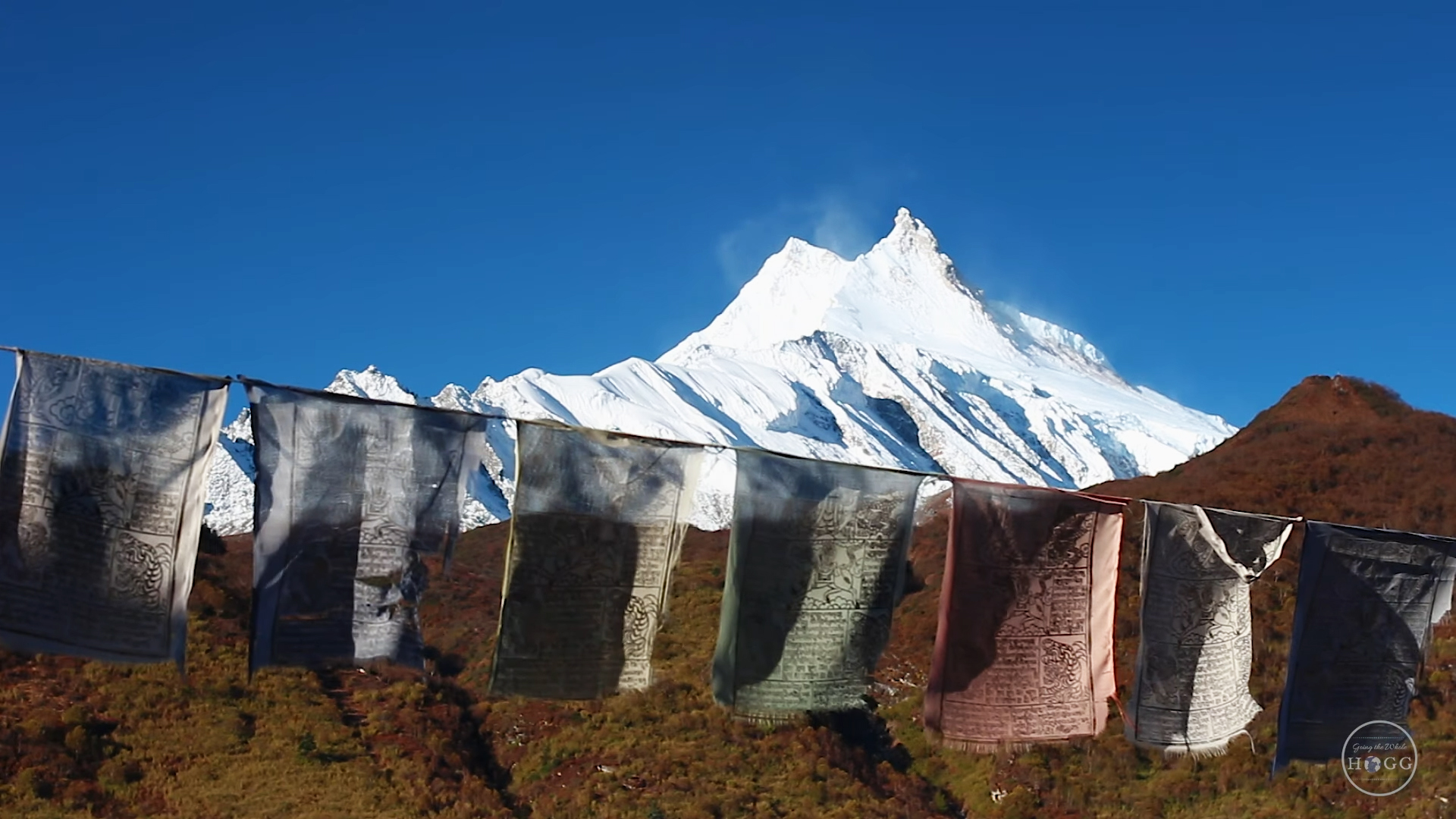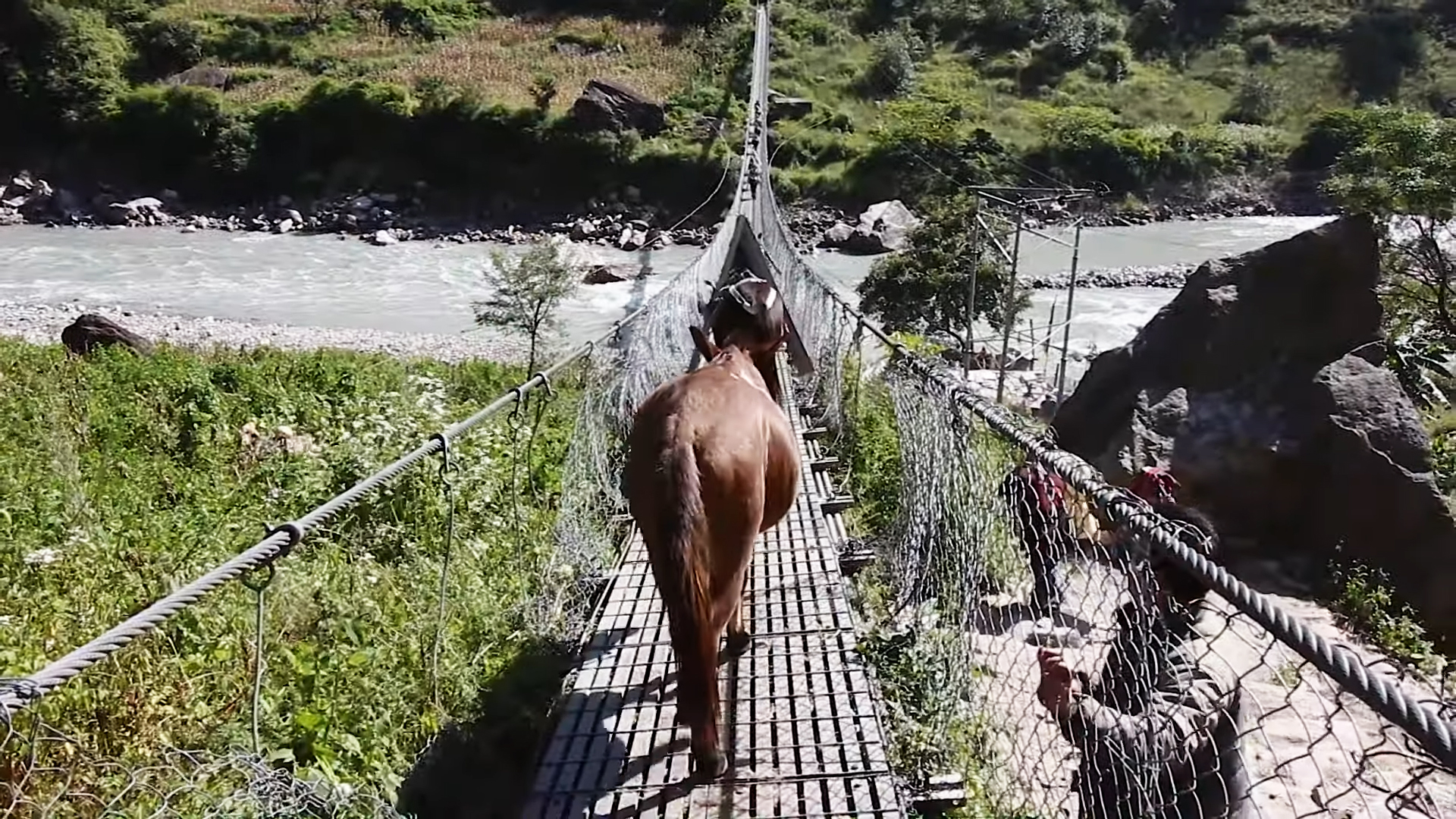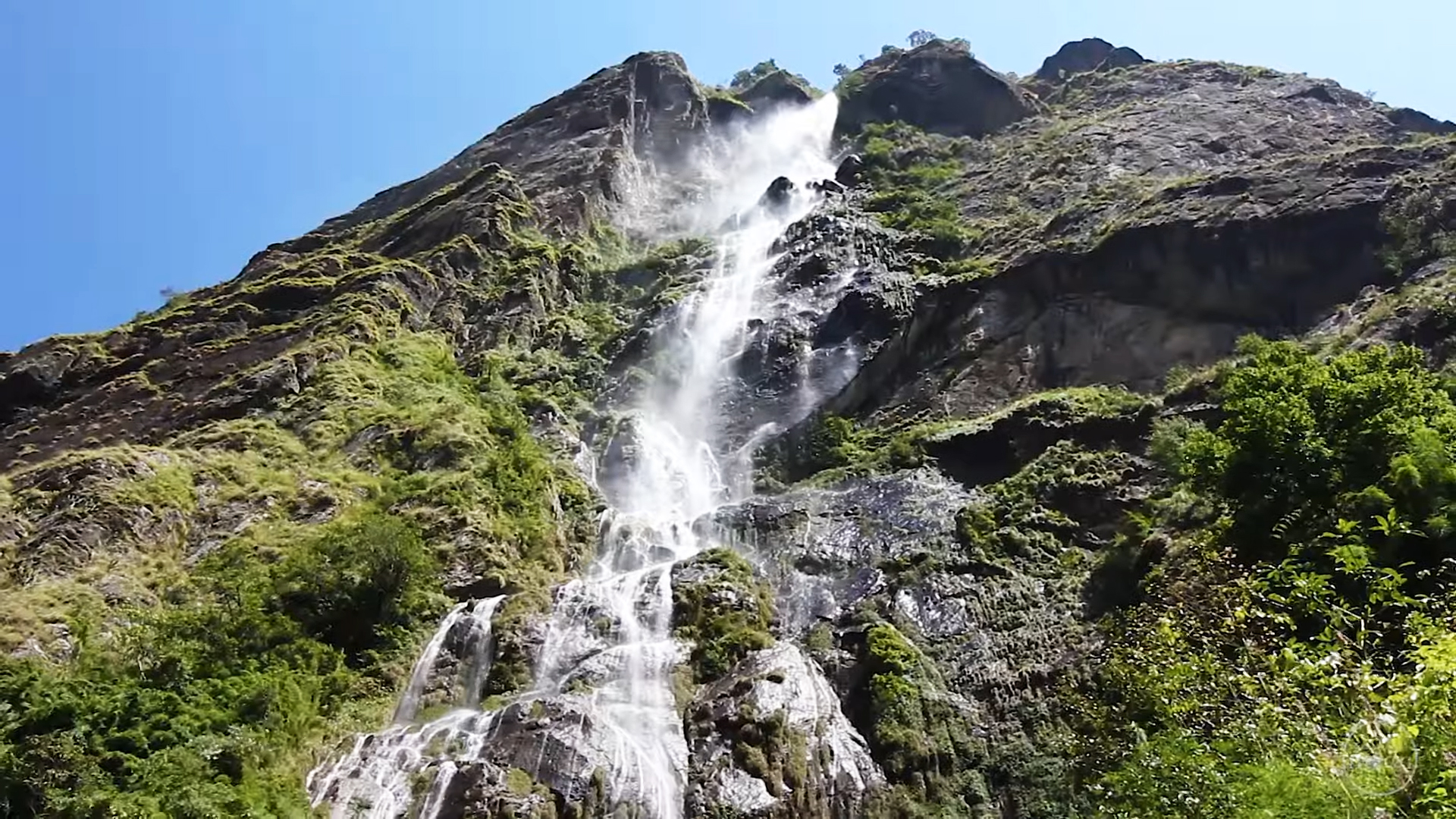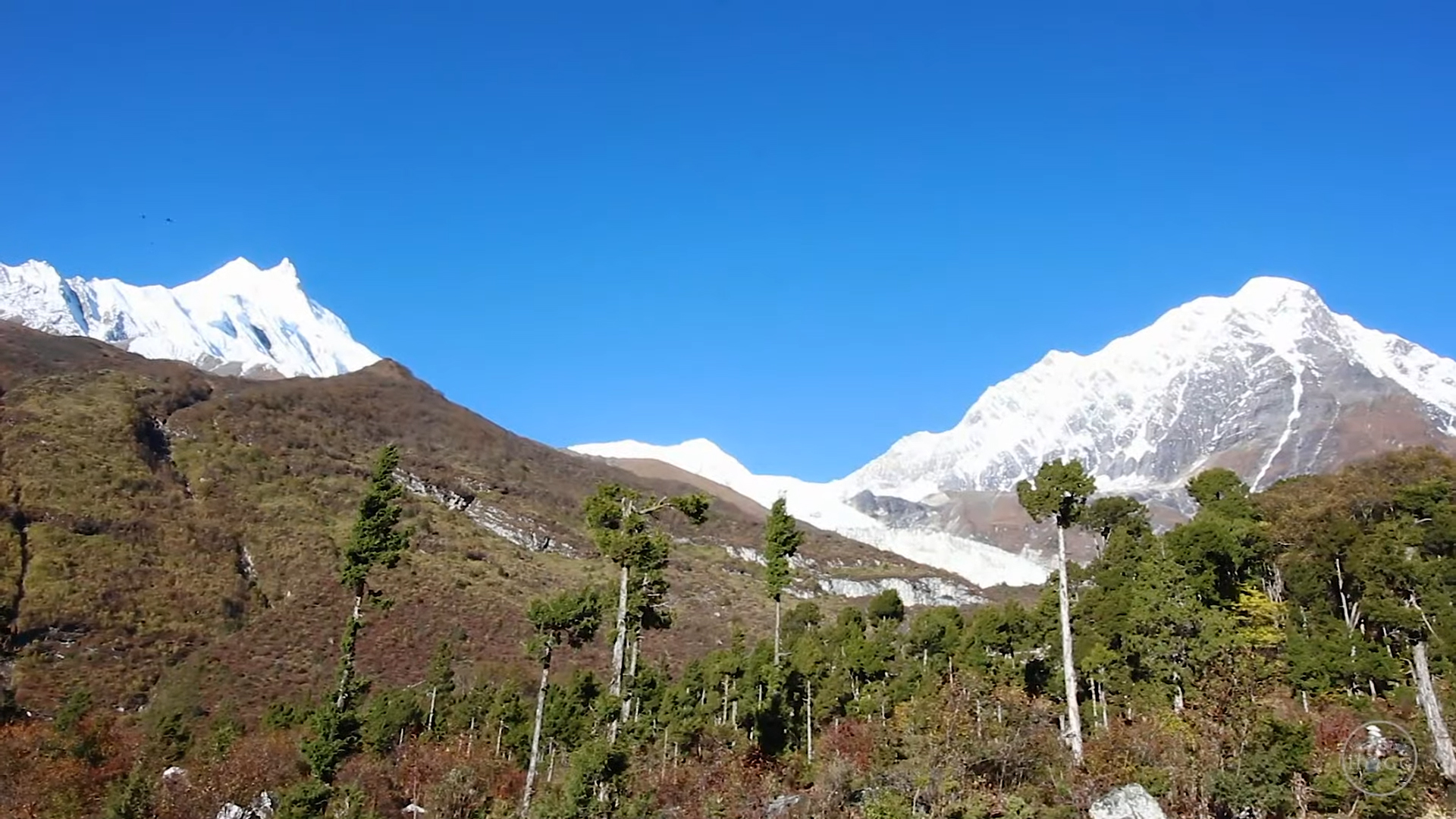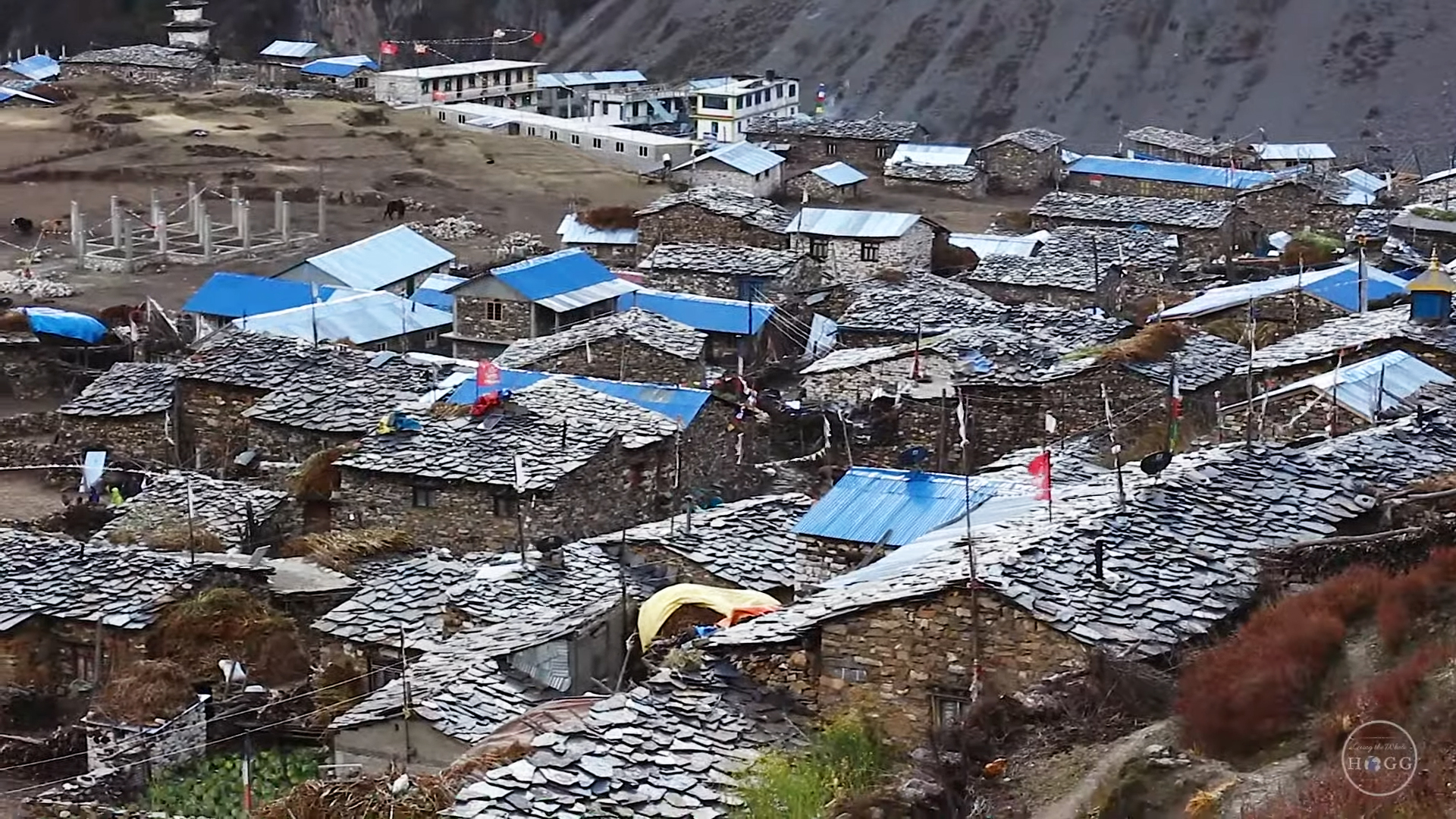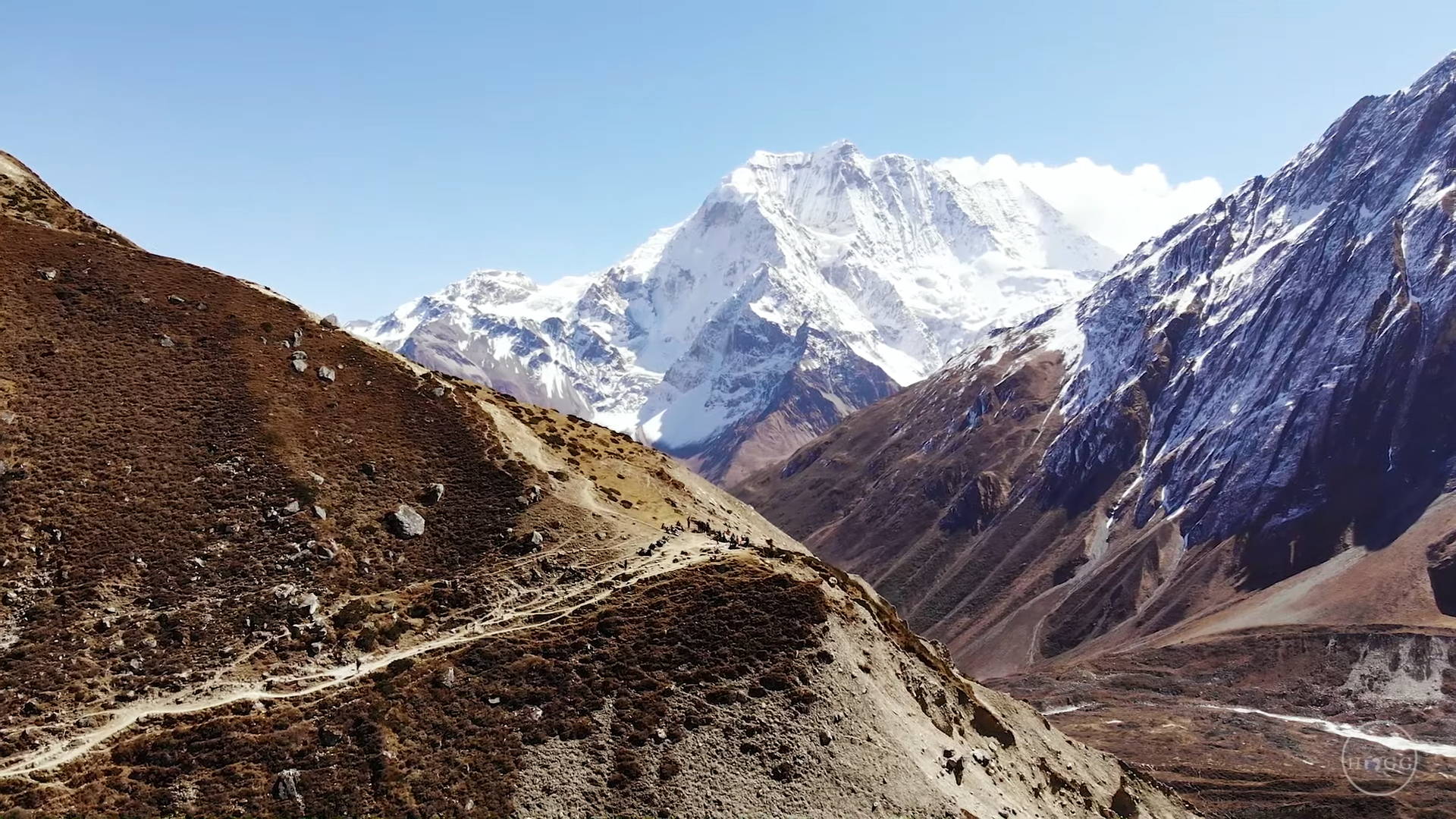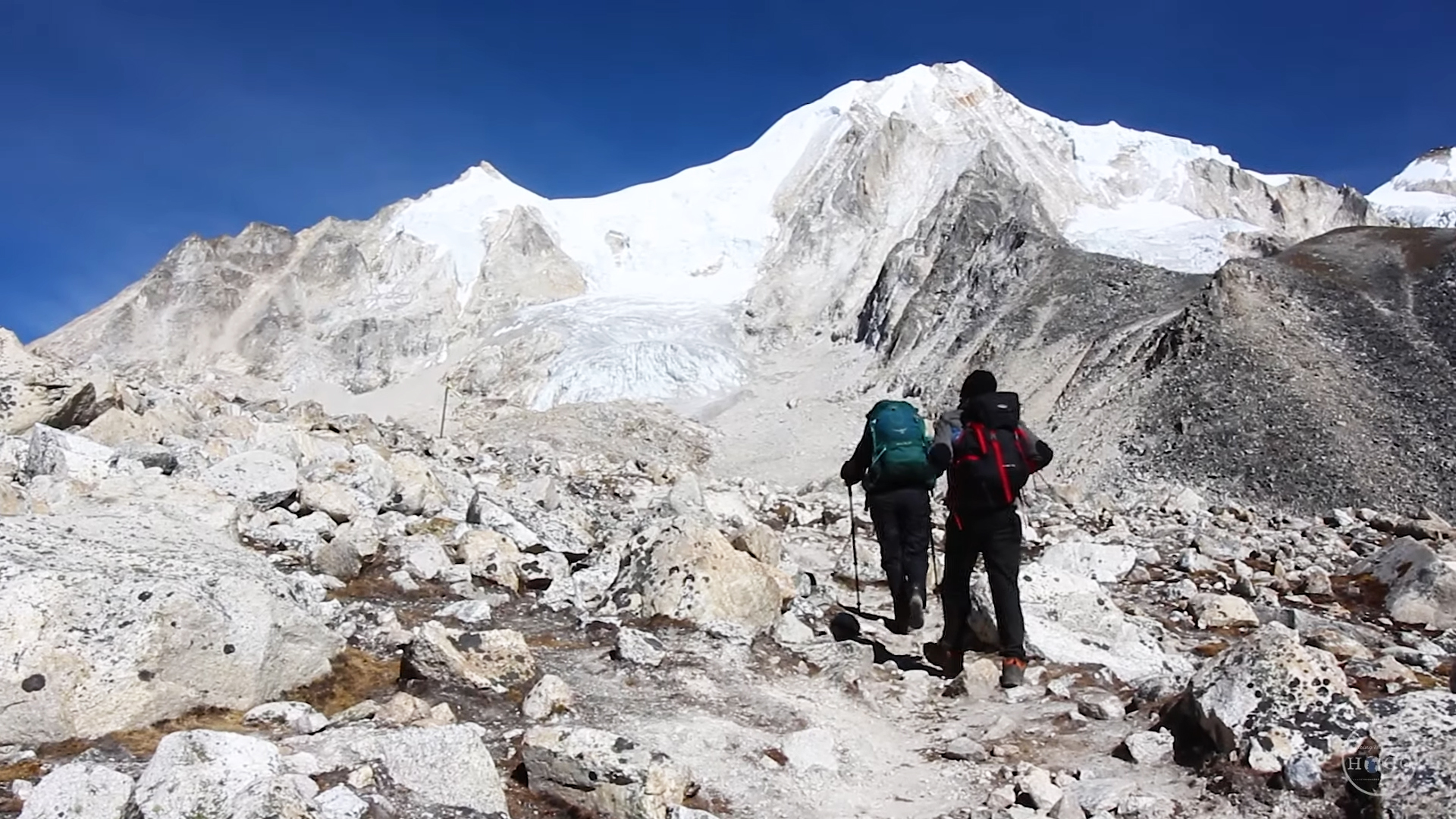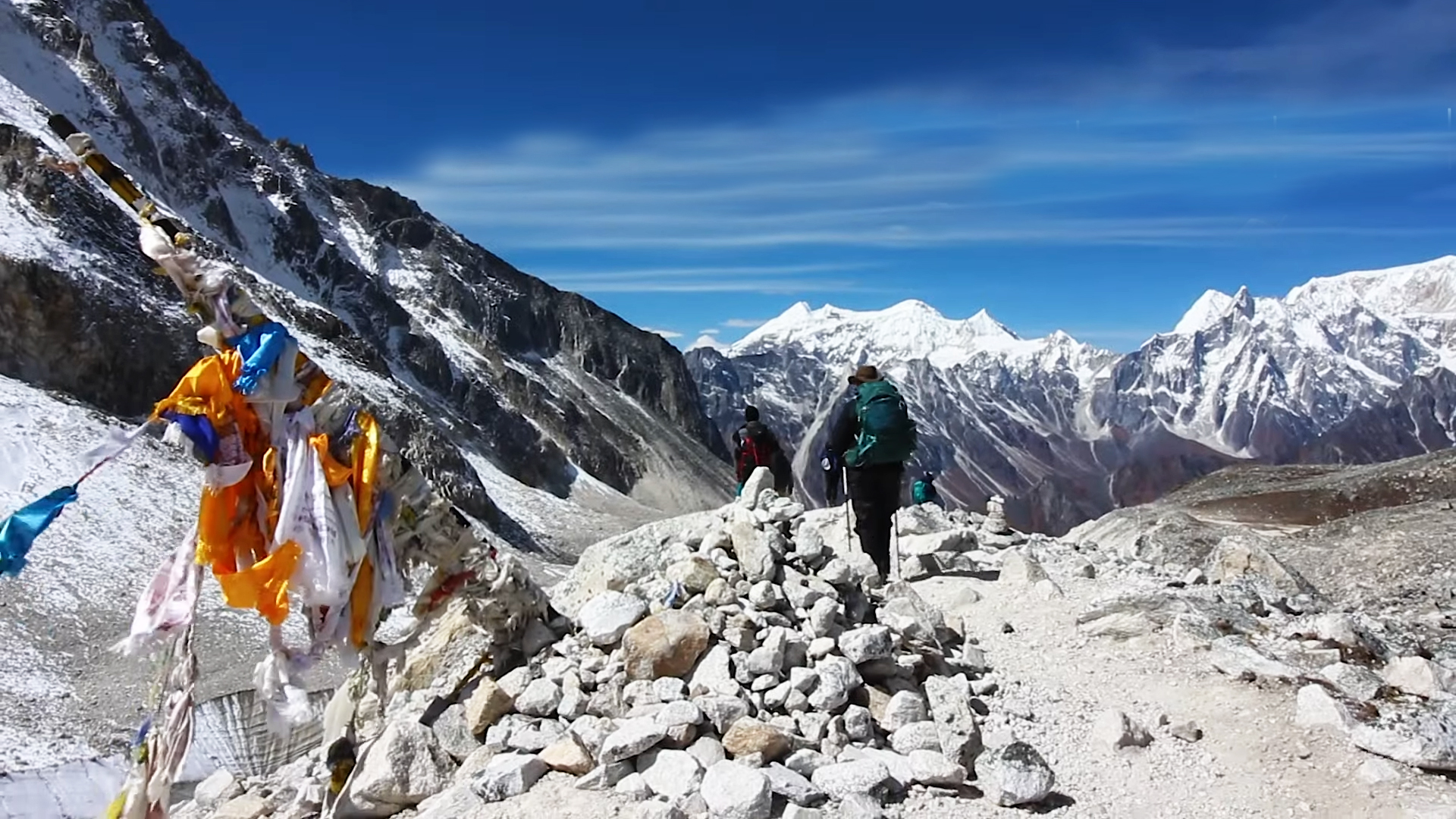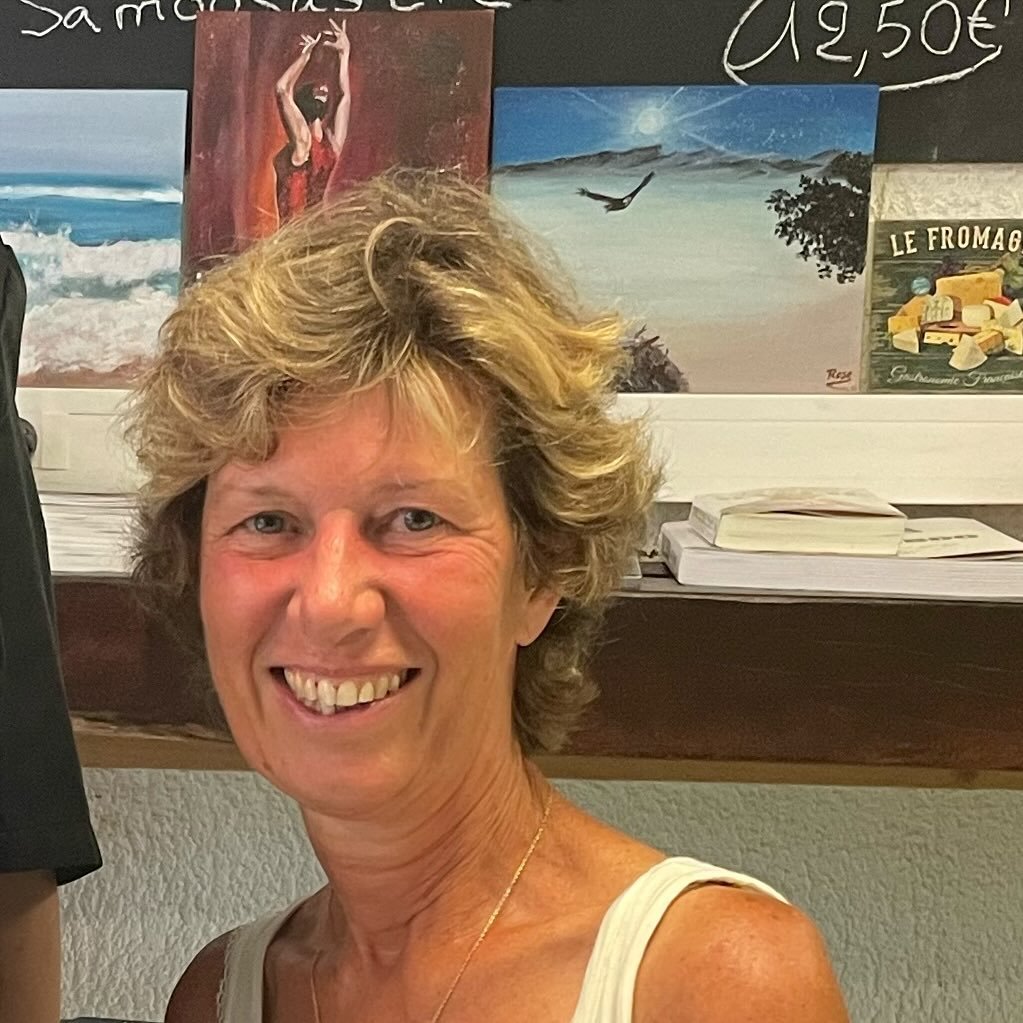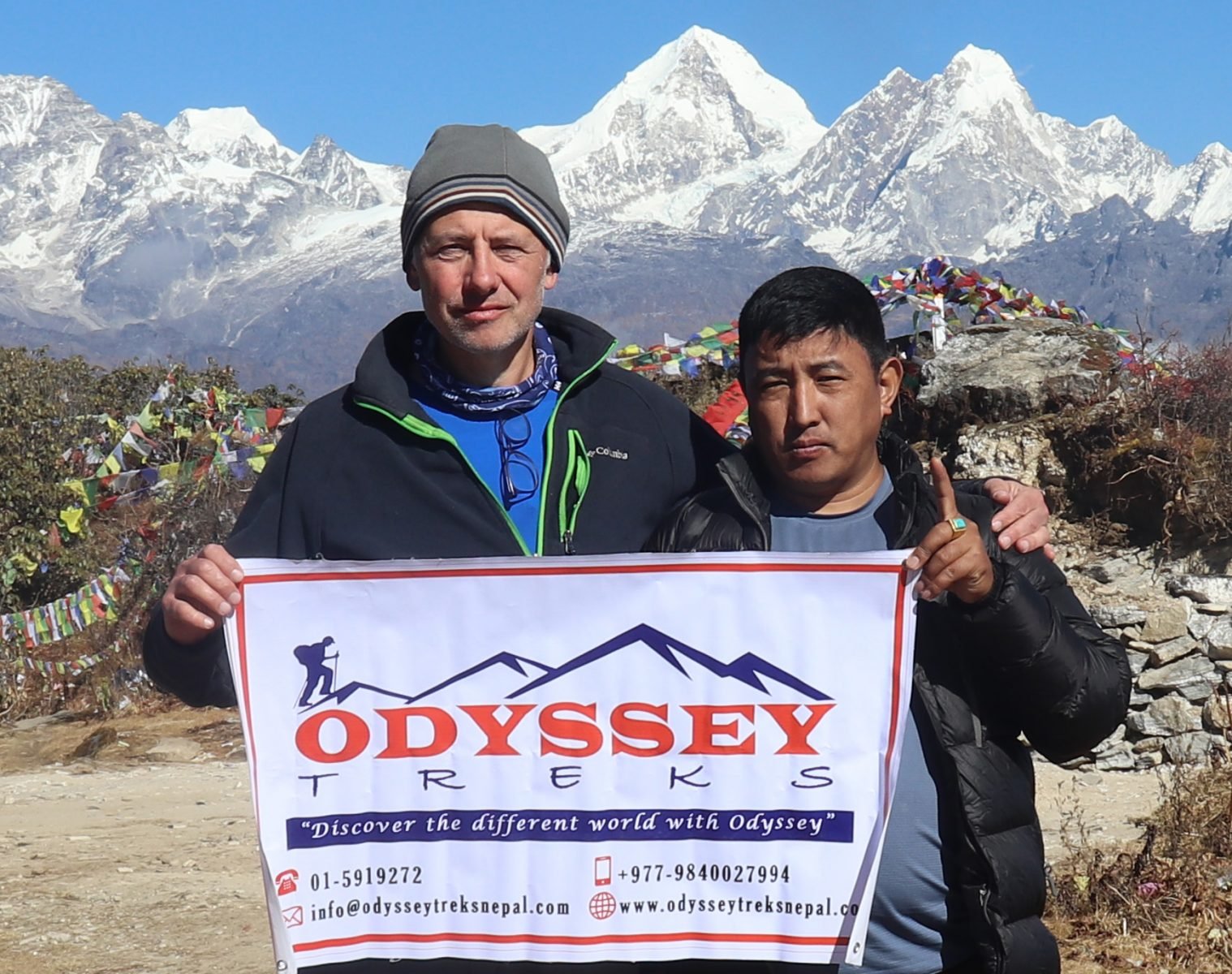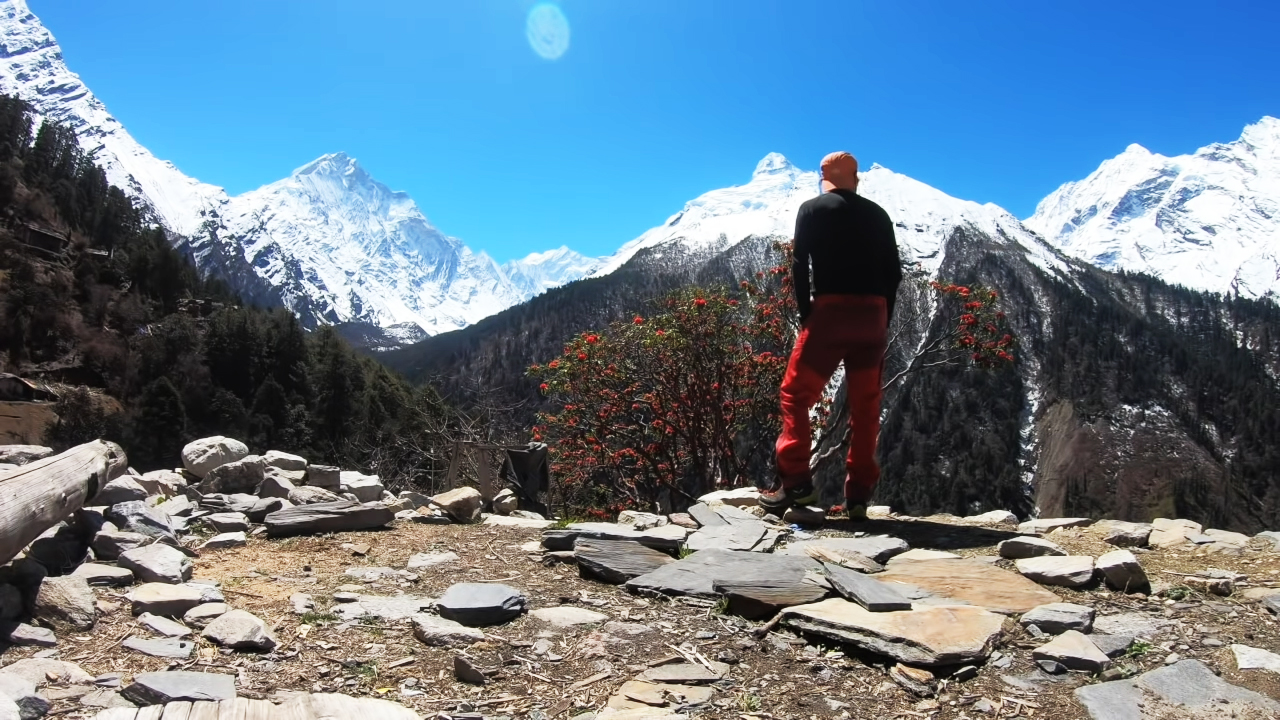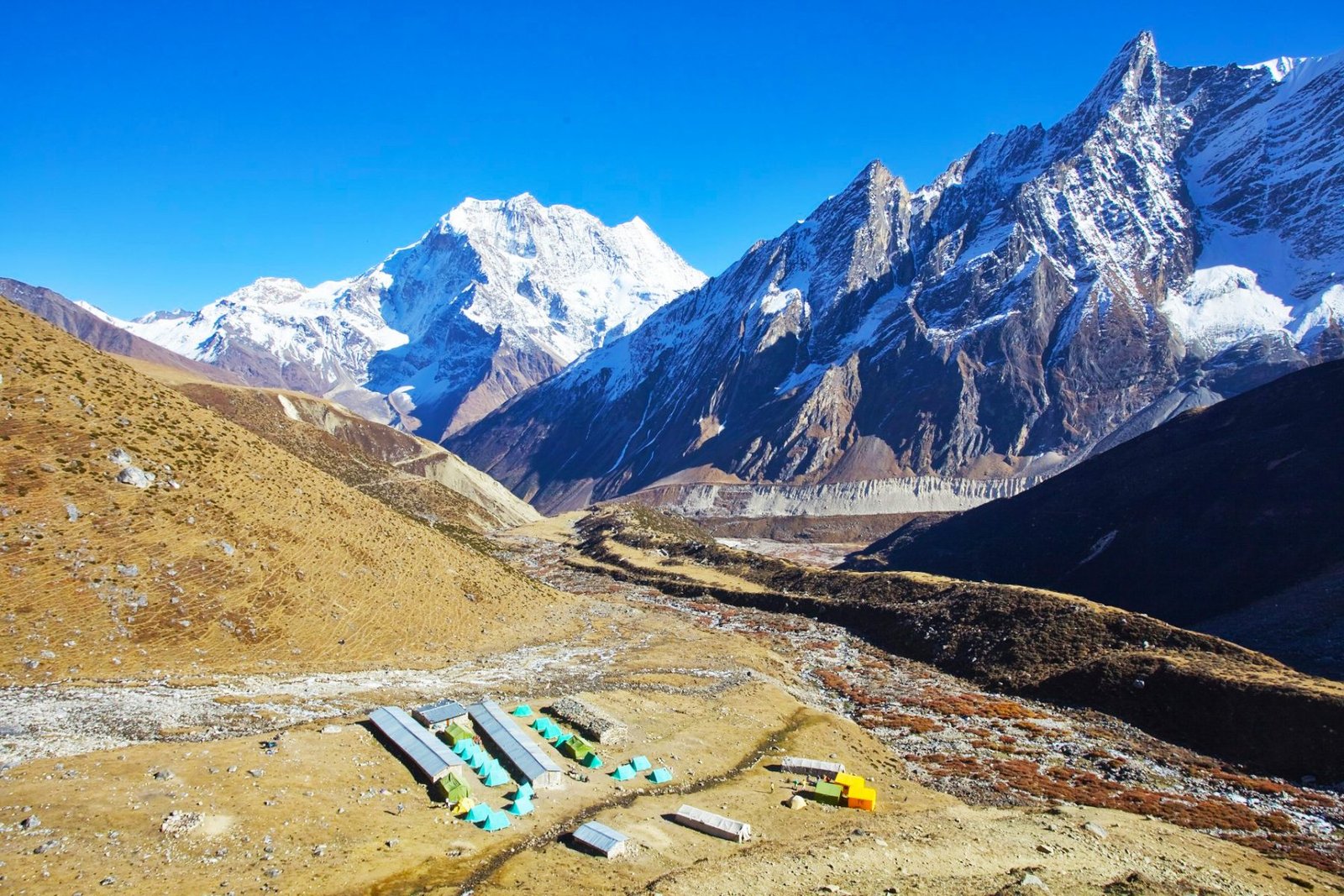Trip Overview
Introduction to Manaslu Circuit Trek in Nepal
Manaslu Circuit Trek in Nepal is an adventurous and enjoyable complete trekking package. Manaslu (8156m) is the eighth-highest peak in the world. You can also complete this trek by camping or at a tea house, which is a great way to explore the local lifestyle and culture along the trail.
Manaslu Circuit Trek is one of Nepal’s most charming and least crowded trekking routes. It offers a spectacular blend of cultural richness and natural beauty. This trek, which circles Mount Manaslu, is renowned for its remote and rugged terrain, diverse landscapes, and vibrant local culture.
This cultural, historical, and natural journey involves moderate to strenuous trekking to a maximum height of 5,160 meters in Larkya La Pass. The entire route combines adventure with spectacular views of the snow-capped mountains, rich cultural heritage, and vantage points with unique beauty and rare biodiversity.
The ancient villages and peoples of Namrung, Samagaon, and Samdo are quaint and cultural. Samagaon, where many nuns and monks live, is populated by Buddhists. Samdo is a beautiful village where Tibetan Nepalese live.
The people around these villages have joined the British and Indian forces, generally known as the Gurkha army. The Gurung, Rai, and Magar tribes living in these villages are very kind people. They will treat you well in tea houses and always look forward to a warm welcome.
Not only are the natural beauties one of the main highlights of this Manaslu Trek, but the trek also attracts the Tibetan culture. The Manaslu Conservation Area is a sanctuary for various birds and animals. Endangered wildlife species such as grey musk deer, blue sheep, Himalayan Thar snow leopard, and red panda have been conserved in the conservation area.
Attractions of Manaslu Circuit Trek
Stunning mountain views
Mount Manaslu, the focal point of the Manaslu trek, offers breathtaking views as trekkers navigate the circuit. Its magnificent presence and dramatic scenery attract many trekkers. In addition to Manaslu, trekkers on this trail also get panoramic views of other beautiful peaks like Himalchuli, Ngadi Chuli, Ganesh Himal, and the Annapurna range.
Cultural richness and ethnic diversity
The trek passes through many traditional villages inhabited by ethnic groups such as the Gurung, Tibetan, and Nubri communities. Villages like Samgaon, Lho, and Samdo have a rich cultural heritage that offers authentic experiences of local life.
The influence of Tibetan Buddhism runs deep in the region, where elaborate monasteries and Mani Walls (stone walls inscribed with prayers) reflect the deep spiritual connection of the local communities.
Larkya La Pass
Crossing the challenging Larkya La Pass (5,160m) is one of the most exhilarating experiences of the trek. The peak offers stunning views of the glacial valleys and high mountain ranges. The pass is physically demanding and incredibly rewarding, offering panoramic views of majestic peaks.
Diverse landscape
The trek covers many lowland subtropical forests, terraced areas, alpine meadows, and arid trans-Himalayan landscapes. It passes through dense forests of rhododendrons, pines, and oaks, which look especially beautiful in spring when the rhododendrons are in full bloom.
Authentic tea house experience
Trekkers stay in traditional teahouses during the trek. These teahouses offer a unique opportunity to experience the warmth and hospitality of the local people. Tea houses have basic facilities but provide comfortable accommodation, which is integral to the trekking experience. Trekkers can also enjoy traditional Nepali and Tibetan cuisine prepared with locally sourced ingredients at these teahouses.
Manaslu Conservation Area
The trek is located within the Manaslu Conservation Area, also home to a rich diversity of flora and fauna. Trekkers can spot wildlife like the snow leopard, blue sheep, and diverse bird species in this area. The government of Nepal has protected this region’s unique natural environment to preserve its beauty for future generations.
Remote and less crowded trail
This off-the-beaten-path trek is less crowded than commercial trekking routes like Everest and Annapurna. Trekkers can enjoy a more peaceful and tranquil trekking experience in this area. The remoteness of the trek also ensures that hikers can enjoy pristine wilderness and a deep connection with nature.
Benefits of booking a Manaslu Circuit Trek with Odyssey
- Free private vehicle service for pick-up and drop-off at the airport
- As souvenirs, an Odyssey Trek duffel bag and t-shirt
- Map of the Manaslu Circuit Trek
- An oxygen meter at a high altitude is used to measure the oxygen saturation of the blood.
- Arrangement of an emergency medical kit
- Accessible extra luggage storage facility for the duration of the trek
- Arrange a down jacket and sleeping bag for trekking if you don’t have your own.
Food and accommodation during the Manaslu Circuit Trek
The Manaslu Circuit trek offers a mix of basic and comfortable amenities. You can find simple hotels, guesthouses, and teahouses along the trekking routes for accommodation and food. Teahouses are the most common type of accommodation in Manaslu Circuit. These are local lodges run by families that provide basic accommodation and food. It offers basic amenities like beds, pillows, blankets, and shared bathrooms. Although the teahouses are basic, they are comfortable to stay in.
Generally, tea houses offer simple, basic rooms, usually with two single beds. Bedding usually includes blankets, but it’s a good idea to bring sleeping bags for extra warmth. Facilities may vary; some teahouses have shared bathrooms and basic squat toilets, while others offer more modern facilities. Most teahouses have a common dining area with a stove for warmth, where trekkers can gather and eat. Facilities at higher elevations can be more basic, where you need to be prepared for simple accommodations and limited menu options.
The primary food source along the trek is the teahouses, which offer a variety of food. The menu usually includes Daal Bhat, noodles, bread, and Western dishes. Tea, coffee, soft drinks, and snacks like chocolates and biscuits are also available. You can buy bottled water, use water purification tablets, or refill at teahouses that provide boiled water.
The Difficulty of Manaslu Circuit Trek
The Manaslu circuit trek is considered challenging but rewarding. It attracts experienced trekkers looking for a less crowded alternative to the Annapurna or Everest regions. Altitude, distance, duration, trail conditions, weather conditions, basic facilities, etc. make this trek difficult.
The trek takes you to the Larkya La Pass, which has a maximum height of about 5,135 meters (16,847 feet). High altitude can cause altitude sickness, so you need to be careful. This 12-day trek can be physically demanding, sometimes requiring up to 7-8 hours a day of walking at high altitudes. Trail conditions can also be harsh, with steep ascents and descents, rocky paths, and occasional landslides. Some sections may involve crossing streams and walking along narrow paths.
Despite these challenges, the trek offers beautiful scenery and adventure. Proper preparation, physical fitness, and a positive mindset are essential to completing the Manaslu Circuit trek, which can be a highly rewarding and memorable adventure in Nepal.
Best seasons of Manaslu Circuit Trek
The best seasons for the Manaslu Circuit Trek are Autumn (September to November) and Spring (March to May). These seasons provide the most favorable weather conditions for trekking.
Autumn:
In autumn, the skies are clear and the weather stable, making it the most popular time for trekking. Rainfall is low during this time, and the risk of landslides is also low. You can get some great and clear views of the mountains and landscape. Daytime temperatures are moderate and comfortable for trekking, although nights can get chilly at higher altitudes.
Spring:
Temperatures in spring are usually mild and pleasant, making for comfortable trekking conditions. Visibility is generally good, but sometimes, due to rising temperatures, it can be a little dustier than in autumn. It is the rhododendron blooming season, so the trails are adorned with colorful rhododendron flowers, adding to the trek’s scenic beauty.
Winter:
Trekking is possible but more challenging due to cold temperatures, especially at higher altitudes. Temperatures can drop significantly at higher elevations. Night temperatures can drop below freezing, and daytime temperatures can also be freezing. Snow can make some parts of the trail more difficult or dangerous. Due to heavy snowfall, some parts of the trail, especially the Larkya La Pass, may become impassable due to snow and ice.
Monsoon:
Monsoon season is the least recommended time for this trek due to heavy rainfall. This season brings heavy and frequent rains, making the trails muddy, slippery, and more challenging to navigate. Rain also increases the risk of landslides and flooding, which can block trails and roads, making certain sections impassable or dangerous. Clouds and rain can also obscure the mountains’ view, reducing the trek’s scenic charm.
Autumn or spring will provide the best combination of favorable weather, beautiful scenery, and a rewarding hiking experience. Proper planning and preparation and an experienced guide will enhance your trek and ensure your safety and enjoyment.
Altitude sickness and acclimatization
Altitude sickness is one of the problems encountered while trekking in high mountains. So be very careful about altitude sickness while trekking the Manaslu circuit. If you ignore it, it can also lead to severe problems.
Generally, there is a risk of altitude sickness at altitudes above 2,500 meters. There is less oxygen at altitudes above 3,500 meters, so the body needs more time to adjust. Altitudes above 5,000 meters are more risky and require extra care.
Altitude sickness is common while trekking in high mountains, but it can be avoided by taking some precautions. Acclimatization to certain places is essential to avoid altitude sickness. If well-acclimated to low altitudes, you will feel comfortable at high altitudes. Ascend slowly and drink plenty of fluids (3-4 liters daily) to stay hydrated.
But you don’t have to worry too much about altitude sickness; our team will take care of your health and suggest preventive measures. Proper acclimatization and preventive measures can help you enjoy the Manaslu Circuit Trek safely and successfully.
Manaslu Circuit Trek Cost
The cost of Manaslu Circuit Trek depends on various factors. It may vary depending on the duration of the trek, season, route, and services (e.g., guide, porter, accommodation, food, and permits). The cost of trekking also depends on the size of the group.
The price is higher if you are single, but the cost per person is lower if you have a large group. You can choose basic, standard, or luxury package services according to your wishes and budget. Prices may also fluctuate based on additional services. Researching different trekking companies and finding the best option that fits your budget and preferences is a good idea.
We will prepare the best package price for you if you provide us with the requirements, budget, and group size. For more information about package costs, contact us at info@odysseytresnepal.com.
Permits
You need three types of trekking permits for the Manaslu Circuit Trek.
Manaslu Restricted Area Permit (RAP)
The Manaslu circuit is within a restricted area that requires a special permit. The cost of the permit depends on the duration and season of your trek.
September to November:
USD 100 per person for the first seven days and USD 15 for each additional day. The charges are a bit higher during the busy trekking season.
December to August:
USD 75 per person for the first seven days and USD 10 for each additional day.
Manaslu Conservation Area Permit (MCAP)
The Manaslu area is part of the Manaslu Conservation Area, and entry requires this MCAP permit. It costs NPR 3,000 (approximately USD 30) per person.
Annapurna Conservation Area Permit (ACAP)
You will also need an ACAP as the Manaslu Circuit Trek connects to the Annapurna region towards the end of the trek. It costs NPR 3,000 (about USD 30) per person.
Earlier, the TIMS card (Trekker’s Information Management System) was mandatory for all trekkers in Nepal. But now, a TIMS card is not compulsory as you have conservation area and protected area permits.
Manaslu Circuit Trek Equipment and packing list
Proper preparation and packing are essential for a successful and enjoyable trek. Here is a comprehensive packing list for Manaslu Circuit Trek:
- Moisture-wicking t-shirts (2-3)
- Long-sleeve base layer shirts (2)
- Thermal underwear (2 sets)
- Fleece jacket or pullover
- Down or synthetic insulated jacket
- Waterproof and windproof jacket
- Waterproof and windproof pants
- Lightweight trekking pants (2 pairs)
- Convertible pants (1 pair)
- Shorts (optional for lower altitudes)
- Warm hat or beanie
- Sun hat or cap
- Buff or neck gaiter
- Sunglasses with UV protection
- Lightweight inner gloves
- Insulated outer gloves
- Sturdy, waterproof trekking boots (well broken-in)
- Comfortable trekking shoes or sandals for evenings
- Trekking socks (4-5 pairs, moisture-wicking)
- Sleeping bag (rated for -10°C or lower)
- Backpack (45-65 liters) with rain cover
- Daypack (20-30 liters) for day hikes
- Trekking poles (highly recommended)
- Headlamp with extra batteries
- Water bottles or hydration bladder (3 liters total capacity)
- Water purification tablets or filter
- Dry bags or stuff sacks (to keep gear dry and organized)
- Personal Items
- Toiletries and Personal Hygiene
- Quick-dry towel
- Sunscreen (high SPF) and lip balm
- Camera with extra batteries or charger
- Portable power bank
Make your trip an unforgettable moment for a lifetime.
Full of natural beauty, Manaslu Circuit is a perfect destination for trekking lovers. Don’t think of it as just a hike—it’s one of the best mountain hikes you’ll ever do. Pack your bags and prepare for a beautiful, adventurous trip with Odyssey Treks. We offer trekking packages with experienced guides and comfortable accommodations.
Check out our itineraries prepared by professional staff, keeping in mind all aspects of trekking. If this itinerary does not suit you, we will tailor it to your needs. For more information about Manaslu Trekking or other trekking and tours, feel free to contact us at info@odysseytreksnepal.com
You May Like:
Langtang Valley Trek
Upper Mustang Trek
Kanchenjunga Trek
Everest Base Camp Trek
Trip Itinerary
Drive Kathmandu to Machha Khola (8,69m) – 9 to 10 hours.
On the first day of the trip, you will drive to Machha Khola after breakfast in Kathmandu. You can reach Machha Khola by public bus or private vehicle. The distance from Kathmandu to Machha Khola is about 162 km. After a 9-10 hour drive through Arughat and Sotikhola, you will reach Macha Khola.
The drive offers beautiful views of green hills, terraced fields, and dense forests. The road from Kathmandu to Arughat has been well maintained, but the road from Arughat to Machakhola has deteriorated. The road is rough, especially during the rainy season, with potential challenges like muddy and slippery roads.
Machha Khola to Jagat (1,410m) – 7 to 8 hours walk.
On the second day, the trail begins with a path along the Budi Gandaki River. You will cross many suspension bridges and pass through small settlements during the journey. The route is relatively straight, with gentle climbs and descents. After reaching Khorlabesi, you will reach Tatopani, known for its natural hot springs. This section is challenging, with narrow and rocky paths.
From Tatopani, the trail goes through forested areas to Dobhan, which can be muddy and slippery, especially during the rainy season. The route from Dobhan to Jagat involves some steep climbs. While trekking, this route offers beautiful views of the Budhigandaki River, lush green forests, and terraced areas.
Jagat to Deng (1,804m) – 6 to 7 hours walk.
On this day, after breakfast, you will start walking to Deng. The trek begins with a descent to the river and then climbs up to Salleri village. From there, the trail continues to Sirdibas, offering beautiful views of the surroundings. After Sirdibas, the trail takes you to Philim, a large Gurung village.
The trail ahead from Philim is narrower and more steep. It passes through forested areas and crosses many small streams until you reach Ekle Bhatti village. After a short walk through the forest and several small settlements, you will reach Deng. It is a small village with beautiful mountain and river views and a few lodges and teahouses.
Deng to Namrung (2,630m) – 6 to 7 hours walk.
On the fourth day of the journey, the trek begins with a gradual ascent from Deng. The trail crosses the Budhigandaki River several times through suspension bridges and reaches Bihi Phedi village. After leaving Bihi Fedi, the trail climbs up, and this section is filled with dense pine and oak forests. You will pass through many small villages, and these villages offer glimpses of Tibetan influence.
After a few hours of walking, you will reach Namrung via Dhap village. Situated at a high altitude, Namrung is a large village known for its natural beauty, traditional houses, and views of Ganesh Himal and Shringi Himal. Several lodges and teahouses make it a comfortable place to relax after a long day of trekking.
Namrung to Samagaon (3,520m) - 5 to 6 hours walk.
On this day, you will trek through some of the Manaslu region’s scenic and culturally rich areas. It usually takes 5-6 hours to reach Samagaon, and the trail covers a variety of landscapes, including forests, villages, and stunning mountain views.
During the journey, you will reach Lho village, which offers spectacular views of Manaslu and other surrounding peaks. There is a large Ribung Gompa monastery in Lho, known for its cultural significance and the beautiful scenery it offers.
From there, you will reach Samgaon at the foothills of Manaslu via Shyala village. Samgaon is known for its ancient monasteries, Pungyen Gompa, and the nearby serene Birendra Lake. The village is also an important cultural center with traditional Tibetan-style houses and local culture.
Rest day
Due to the increased altitude, acclimatization at Samgaon is an integral part of the Manaslu circuit trek. So, on this day, you will stay at Samagaon for acclimatization. Spending an extra day at Samagaon helps your body adjust to lower oxygen levels and reduces the risk of altitude sickness.
In Samagaon, you can do some activities to help with acclimatization. You can hike to Pungyen Gompa, a beautiful ancient monastery located on a hill overlooking the glaciers of Manaslu. This popular hike takes around 6-7 hours round trip.
You can also visit Birendra Lake, which is 1-2 hours away by a short walk from Samgaon. It offers a peaceful atmosphere with panoramic views of the surrounding mountains. You can also spend time walking around Samagaon. Visiting local monasteries and interacting with villagers provide cultural insight.
Samagaon to Samdo (3,875m) - 3 to 4 hours.
The initial route from Samgaon is relatively flat, making for a comfortable start to the day. Leaving the village, you will pass through fields and pastures where you will see yaks grazing. The area is also dotted with small stupas and gem walls, reflecting Tibetan Buddhist culture.
The landscape in this area is more barren and rocky, reflecting the high altitude and proximity to the Tibetan Plateau. This day hike is relatively short; you will reach Samdo in 3 to 4 hours. From Samdo, you can enjoy panoramic views of Manaslu and many other peaks.
Samdo to Dharmsala (4,460m) – 4 to 5 hours walk.
The trek from Samdo to Dharamsala is an integral part of the trek, as it sets you up for the challenging crossing of Larkya La Pass. Dharamshala is also known as Larkya Phedi. This section usually takes 4-5 hours and involves a moderate to steep climb.
The trail is rocky and challenging due to its elevation and rough terrain. Dharamshala is a basic settlement with a few lodges and teahouses that cater to trekkers. It serves as a base camp for the climb of Larkya La Pass.
Dharamsala to Bhimthang (3,590m) via Larkya-La pass (5,160) – 8 to 9 hours walk.
The ninth day of trekking is the most challenging day of the Manaslu circuit trek for you. On this day, you will cross Larkya La Pass (5160m), the trek’s highest point. This part of the trip involves a long, strenuous day with significant elevation gain.
It usually takes 8-10 hours to cross the Larkya La Pass, depending on your speed and weather conditions. It can be physically demanding due to the altitude and rough terrain. From the highest point, you can get a panoramic view of the Himlung, Cheo, Kang Kuru, and Annapurna II peaks.
Bhimthang to Tilije (2,300m) – 6 to 7 hours walk.
After breakfast, you will start walking to Tilje. The distance from Bhimthang to Tilije is 18 km and takes 6 to 7 hours. The trail begins with a gentle descent through a dense pine forest and rhododendron bushes.
Continue to descend along the river with beautiful views of the surrounding peaks. Passing through lush forests and crossing several small streams, you reach the village of Kharche, where you can take a break. Crossing the terraced fields, you will get to Tilje village, which has its traditional houses.
Tilije to Dharapani (1,963m) - 3 to 4 hours walk and drive to Besishahar - 3 hours.
The trail from Tilje to Dharapani connects a mix of lush green forests, traditional villages, and picturesque landscapes. The distance from Tilje to Dharapani is about 6 km, and you can cover it in 3 to 4 hours.
You will slowly descend towards the Masryangdi River, crossing dense forests and small streams. After some time, you will reach the large village of Dharapani, where the Masryangdi and Dudhkhola rivers meet. From Dharapani, you will drive to Besishahr, passing scenic hilly landscapes, waterfalls, and terraced areas.
Drive Besishahar to Kathmandu - 5 to 6 hours.
On the last day of the trip, after completing the Manaslu circuit trek, you will drive from Besisahar to Kathmandu. The distance is about 173 km (107 mi) and takes 5-7 hours, depending on road conditions. This drive takes you through the picturesque mountains to the bustling capital city. Experience the gradual transition from the quiet countryside to the vibrant urban life of Kathmandu.
Why not list the price?
Each client's needs may be different. The price of the trip varies according to the size of your group and the service you want. The cost of the trip is calculated according to the type of service and accommodation chosen by our customers.
Each trip is customized to fit the client's needs and group size, so the price of each organized trip is different. Please let us know the service you want and the size of the group. We create trips to suit your taste and travel budget per your requirements. Hope you find our price calculation reasonable according to your needs and preferences.
Frequently asked questions about this trip
Where is the Manaslu Circuit Trek?
The Manaslu Circuit Trek is located in the Manaslu region of Nepal. It circles the eighth-highest mountain in the world, Mount Manaslu (8,163 m). The trek usually starts from Machakhola and descends to Bimthang village, crossing the challenging Larkyala pass. It takes you through remote villages and diverse landscape areas while offering stunning views of the mountains. The trek ends at Dharapani, where it joins the Annapurna circuit.
Which is the highest mountain in the Manaslu region?
Manaslu Mountain is the highest mountain in the Manaslu region. At 8,163 meters (26,781 ft), it is the eighth-highest mountain in the world. It is the main attraction of the Manaslu Circuit Trek and is famous for its challenging route and stunning scenery.
How long is the Manaslu Circuit Trek?
The ideal time for this trip is 12 days, although you can complete it in 10 or 11 days. But doing it in 10 or 11 days means rushing through it and possibly missing out on some experiences. The trek is challenging, so it is better to trek with enough time and a proper itinerary.
Can I trek the Manaslu circuit without a guide?
You must trek the Manaslu circuit with a guide. Trekkers must hire a licensed guide for the trek. It is regulated to ensure trekkers’ safety and preserve the local environment and culture. A minimum of two people are required for this trek. Since independent trekking is not allowed in this area, you must arrange a permit through a trekking agency. Additionally, trekkers need to obtain Manaslu Restricted Area Permit (RAP), Manaslu Conservation Area Project (MCAP) permits, and Annapurna Conservation Area Permit (ACAP) permits.
Do I need a permit for the Manaslu Circuit Trek?
Yes, you need some permits to trek. Manaslu Restricted Area Permit (RAP), Manaslu Conservation Area Project (MCAP) permit, and Annapurna Conservation Area Permit (ACAP) permits are required for trekking. But don’t worry; Odyssey Treks will assist you with all the necessary documents to get all these permits.
Is this trek for beginners?
Manaslu Circuit Trek is challenging, so it is not generally recommended for beginners. The trek reaches altitudes above 5,000 meters (16,404 ft) and may pose a risk of altitude sickness. The trail passes through remote areas with limited access to modern facilities. This 12-day trek involves steep ascents and descents on rocky paths and can be physically and mentally demanding for beginners. The mountain weather is also unpredictable, with possible extreme cold, especially at higher altitudes. For beginners, get some easy trekking experience before attempting the Manaslu circuit. For beginners, treks like Annapurna Base Camp, Poon Hill, or Langtang Valley can be good options to build the skills and fitness required for challenging treks like Manaslu Circuit.
Can I hire porters to carry my luggage during Manaslu Circuit Trek?
You can hire porters to carry your luggage during the Manaslu circuit trek. Porters play an essential role in supporting you by carrying your luggage. They allow you to enjoy the trek without carrying a heavy bag. We arrange reliable guides and porters for you. According to Nepal government rules, a porter can have a maximum weight of 20 kg. You can also hire an additional porter if your luggage weighs over 20 kg.
Google Reviews
Guest reviews
Thank you a lot for your organization about my trek. It was a superb experience; all was perfect. Karma is a very nice person and a good guide. I appreciated trekking with Odyssey (a reliable Nepal trek operator). If I come back to Nepal, I will be happy to...
Have just returned from my fourth trip to Nepal and as always Odyssey Treks organized everything superbly. We visited Makalu relatively late in the season and were rewarded with empty trails and amazing weather. Karma was as entertaining, friendly, and informative as ever along with Ang Dawa Sherpa who...

